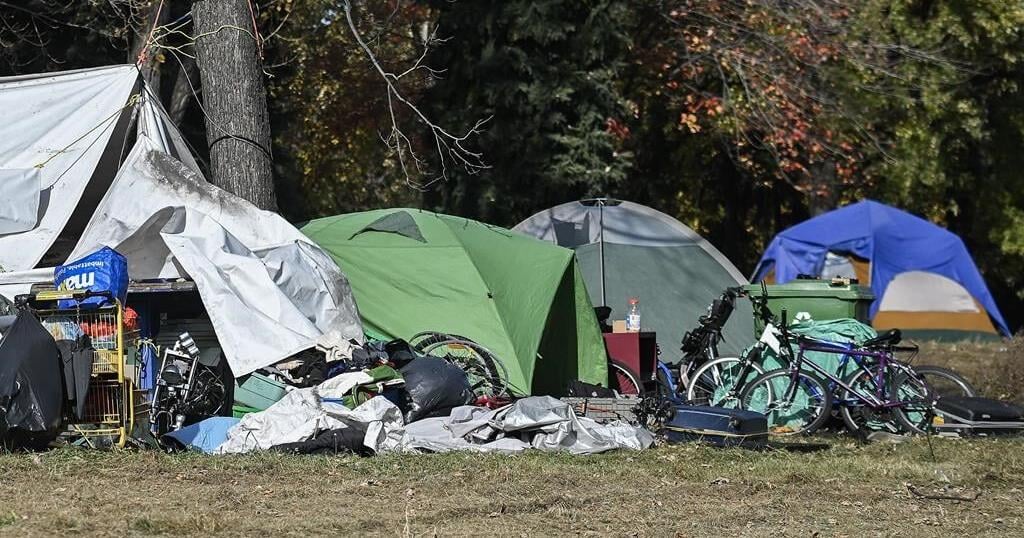OTTAWA – Canada’s elections chief wants a ban on the misrepresentation of candidates and other key players in the electoral process through manipulation of their voice or image without consent.
The proposed change to the Canada Elections Act is among several measures chief electoral officer Stéphane Perrault is putting forward to address the use of deepfakes and other artificially created content to fool voters.
In an interview, Perrault said he is “hoping to convince” MPs to expand an electoral reform bill, currently in a House of Commons committee, to include some new elements.
Brazen meddling tactics such as deepfakes have become part of the public conversation in the United States, but they are still “a bit of a shock to the system” in Canada, he said.
“We have to acknowledge that there are all kinds of issues that happen during an election, and be prepared to talk about that.”
Perrault makes the legislative proposals in a report on protecting threats to the electoral process that was recently submitted to both Parliament and a federal inquiry into foreign interference.
Synthetic images, video and audio are becoming easier to generate through applications driven by artificial intelligence, allowing people to spread false information and sow confusion.
Such deepfake trickery can involve replacing someone’s face in a video with that of a different person and manipulation of the person’s voice.
“AI images of people doing things they never did, audio of them saying things they never said or created videos can threaten democracy and make it difficult for a voter to know what is real and what is a deepfake,” Perrault’s report says.
“While the risks arising from the rapid evolution and availability of AI are not limited to foreign interference, it is clear that foreign state actors could leverage the power of technology to create deepfakes in order to influence or undermine the electoral process.”
Currently, a section of the elections law covering impersonation forbids falsely representing oneself as the chief electoral officer, an election officer, a candidate, or a representative of a party or riding association with the intent to mislead, the report notes.
However, the report adds, the law does not cover a scenario in which someone manipulates the voice or image of a party leader, or any of the other designated key players, to create a deepfake.
The bill making its way through Parliament proposes changes to the provision on impersonation and a related one on misleading publications by clarifying that the prohibitions apply regardless of the medium, or the manner or place in which the false representation is made.
But these minor adjustments “do not address in any way the threat of deepfakes,” the report says.
Perrault recommends expanding the impersonation provision to cover misrepresentation using voice or image manipulation. He also advocates making the relevant provisions apply outside an election period.
Perrault concedes it is healthy for people to voice concerns about the electoral process or its integrity, even if the basis for their concern turns out to be false. But he has been pushing for some time to outlaw false statements intended to disrupt the conduct of an election or undermine its legitimacy.
The current bill would add a provision to protect against the spread of inaccurate information, but the tweak does not go so far as prohibiting statements that have the purpose of undermining the legitimacy of the election, the report says.
“Given that this is the very objective being pursued by some foreign state actors and that is perhaps the most damaging form of foreign interference for our democracy, it needs to be addressed.”
Perrault suggests amending the elections act to forbid false information that is knowingly being spread to undermine trust in an election and its results.
The chief electoral officer’s report also calls for changes that go beyond the scope of the current bill, and therefore would need to be considered in fresh legislation.
These include suggested amendments to the law to increase the transparency of communications about elections and to bolster the integrity of political nomination and leadership contests.
This report by The Canadian Press was first published Nov. 16, 2024.



















